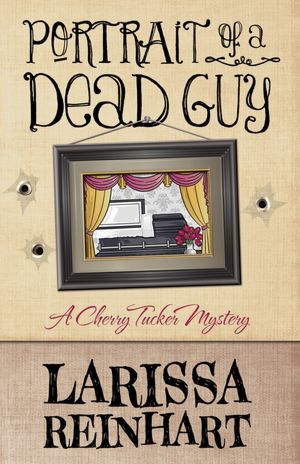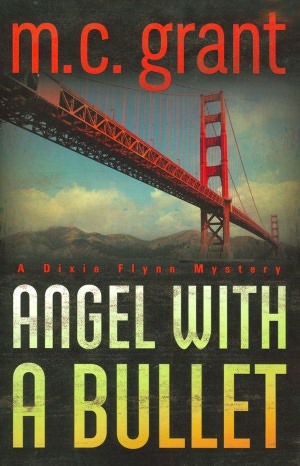 In a recent interview I joked that growing up, I was a poster child for bookworms. Raised as the only child of somewhat older parents, I was moved from one military base to another, generally against my will. Books were my escape, particularly when these moves occurred mid-semester, as happened in my already angst-ridden junior year of high school. Fortunately my mother, a great reader, never insisted books were too heavy to pack and ship about the globe. Toys we left behind, but never books.
In a recent interview I joked that growing up, I was a poster child for bookworms. Raised as the only child of somewhat older parents, I was moved from one military base to another, generally against my will. Books were my escape, particularly when these moves occurred mid-semester, as happened in my already angst-ridden junior year of high school. Fortunately my mother, a great reader, never insisted books were too heavy to pack and ship about the globe. Toys we left behind, but never books.
Asked to write for this article about an author who had a big impact on my reading life, the name that first came to mind was not Agatha Christie, later unquestionably my biggest inspiration, but humorist James Thurber. His collections of cartoons and essays, many of which first appeared in The New Yorker, were one constant in my ever-changing world.
Thurber’s is a subversive style of writing I associate with the British, so gifted at making us laugh by taking an ordinary scene and piling occurrence upon happenstance, leading us toward a somehow inevitable and happy, if goofy, outcome. As Thurber said, “Humor is emotional chaos remembered in tranquility.” First posit a ridiculous, Python-esque setup, then coax the reader until he accepts the implausible as real. Add fantastic, startling touches, until your Walter Mitty is thoroughly entrenched in a mad world spinning out of his control.
 For writers, the goal is to get the reader pulling for a beleaguered protagonist to restore order from the chaos they’ve created. If this can be done with a soupcon of wit and wisdom, so much the better.
For writers, the goal is to get the reader pulling for a beleaguered protagonist to restore order from the chaos they’ve created. If this can be done with a soupcon of wit and wisdom, so much the better.
Thurber showed me what was possible with the ever-versatile English language. With his humor, he made me forget how hard it was to be the new kid at school.
Thurber said he wrote humor because he had “the hope it may do some good.” For this bookworm, transported by Thurber’s genius, it did.
Author Website: gmmalliet.com
This "Writers on Reading" essay was originally published in "At the Scene" eNews October 2012 as a first-look exclusive to our enewsletter subscribers. For more special content available first to our enewsletter subscribers, sign up here.



 Like a legend told over a campfire, this mystery set in 1990s Brooklyn is filled with stories of Sicilian revenge, epic journeys, and Irish curses.
Like a legend told over a campfire, this mystery set in 1990s Brooklyn is filled with stories of Sicilian revenge, epic journeys, and Irish curses. Belly laughs are all over the place in a riotous murder mystery featuring Georgia artist Cherry Tucker.
Belly laughs are all over the place in a riotous murder mystery featuring Georgia artist Cherry Tucker. The fourth novel to feature Duffy Dombrowski, a likable, big-hearted lug from upstate New York who spends his days as a drug counseling social worker while moonlighting as a heavyweight sparring partner.
The fourth novel to feature Duffy Dombrowski, a likable, big-hearted lug from upstate New York who spends his days as a drug counseling social worker while moonlighting as a heavyweight sparring partner. Hard-hitting, mile-a-minute prose makes this historical thriller set in 1914 Mexico an excellent read.
Hard-hitting, mile-a-minute prose makes this historical thriller set in 1914 Mexico an excellent read. Shaw writes like the bastard son of Donald Westlake and Richard Stark.
Shaw writes like the bastard son of Donald Westlake and Richard Stark. Reporter Dixie Flynn's’s sass and humor provide a lively beginning to this San Francisco-based series.
Reporter Dixie Flynn's’s sass and humor provide a lively beginning to this San Francisco-based series. DCI Anna Travis is back in the seventh police procedural in the series.
DCI Anna Travis is back in the seventh police procedural in the series.
